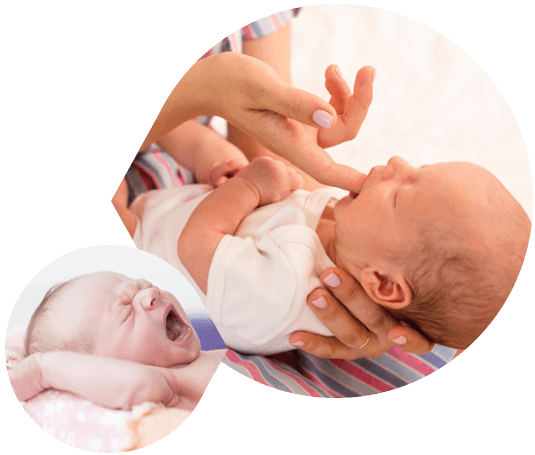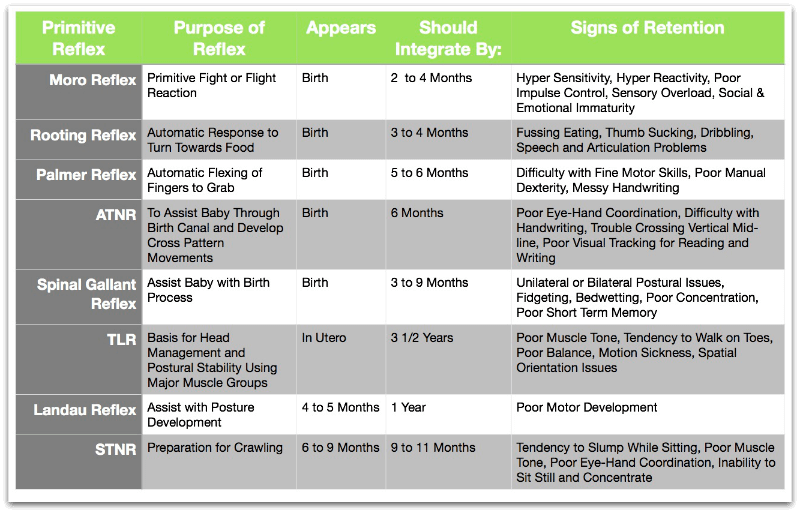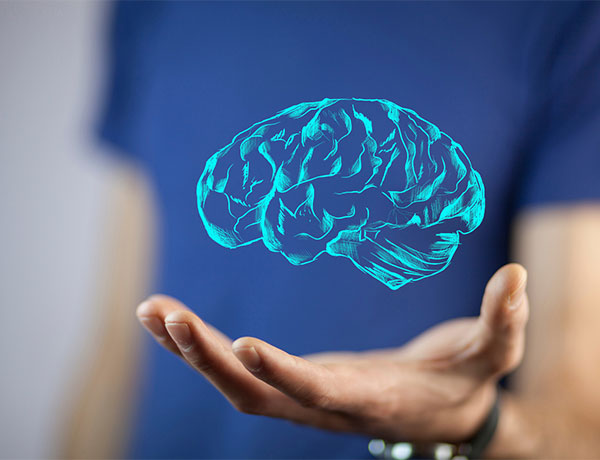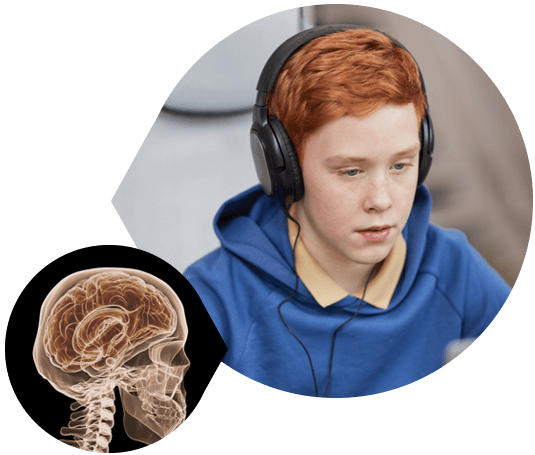
At Neurofit, we help adults and children to integrate retained primitive reflexes to improve quality of life.
Babies are born with primitive reflexes – reflex movements that arise from the central nervous system (CNS). These involuntary movements enhance their chances of survival.
There are many, many primitive reflexes, which health professionals can test for. But there are some you can see in your own baby, such as the:
These reflexes enable movements that help a baby to drink milk, grasp your finger, roll over and crawl.
As a baby grows and gains more control over its body, it loses the need for primitive reflexes. By about 4-6 months of age, the brain has matured enough to replace involuntary reflexes with deliberate, voluntary motor control. This is known as ‘reflex integration’.
Sometimes, though, these reflexes don’t subside as a baby grows up. Retained reflexes can have an impact on brain function, which is why we look for them when we’re treating patients with neurodevelopmental or neurobehavioural disorders.


![]()
![]()
Other researchers note that retained primitive reflexes have been found to coexist in children and adults with neurobehavioural disorders such as ADHD, autism, Tourette’s and dyslexia. Identifying these retained primitive reflexes opens up a possible treatment pathway – helping the brain to integrate those reflexes.
In the US, Brain Balance Centers runs a very similar program to ours at Neurofit Brain Centre. They describe signs of retained primitive reflexes in the chart below.


Source: Brain Balance Centers


The human brain is utterly amazing. It’s constantly learning and changing in response to new stimuli. This is known as neuroplasticity and it’s a fascinating area of medical science.
Integration isn’t an end in itself – the real goal is to make daily living easier for you or your child. The therapeutic goals may be measures like easier mealtimes, improved hand-eye coordination or better concentration. That can translate to easier family life or improved educational outcomes.
Integration of primitive reflexes involves providing the right stimulation to help the brain mature. Brain-based exercises may include criss-crossing movements, making star-shapes, squeezing Play-Doh or holding a ‘Superman’ position on the floor.
At Neurofit Brain Centre, we believe brain activity makes an active difference. We aim to identify areas of the brain that are underdeveloped, under-regulated or under-integrated then provide specific, targeted activities to improve function.
We also know that a therapy program has to be fun if you’re going to stick with it. That’s why we use a range of evidence-based therapies that are highly engaging such as brain-based video games and music. When something’s fun, you’re much more likely to commit to it – and that’s when you start to see results.
If you or your child is experiencing difficulties in daily life that could be due to retained reflexes, then we encourage you to come and see us. We’ll conduct a thorough assessment and recommend a program of treatment to support your goals.




©2023 Neurofit Brain Centre – All Rights Reserved | Privacy Policy
Website built by Splice Marketing